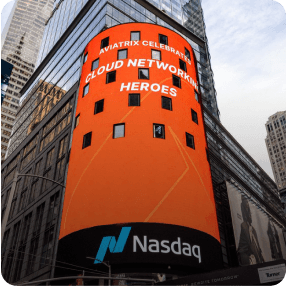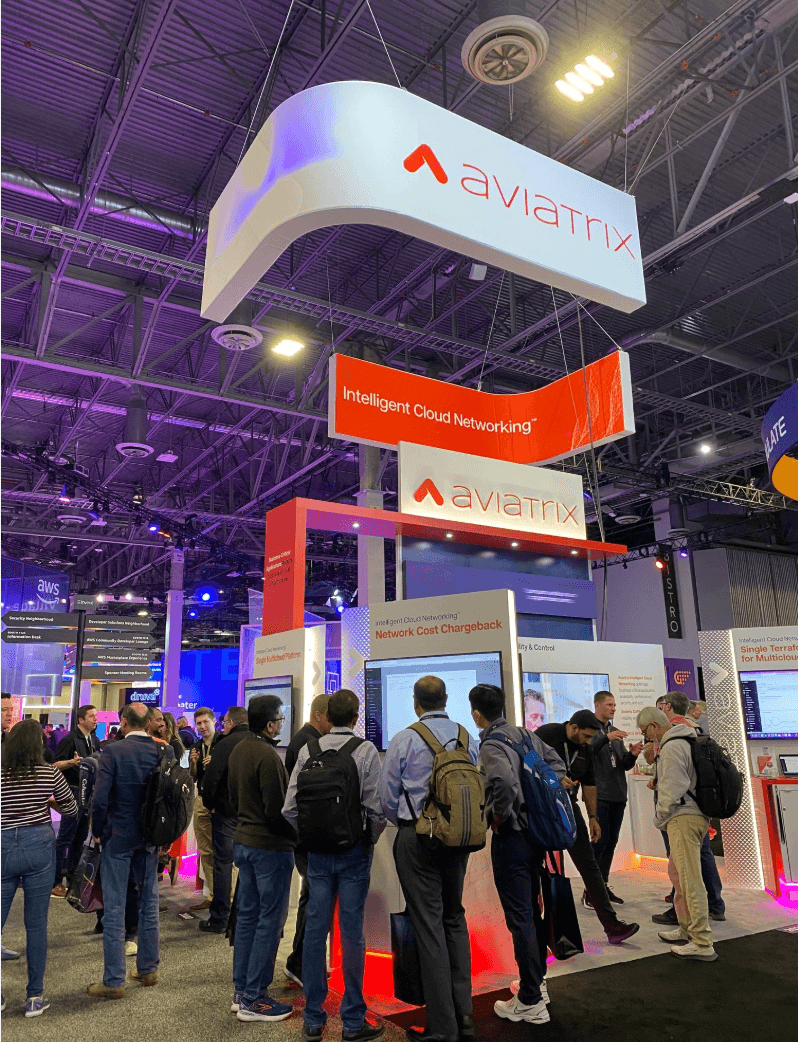In 2024, Snowflake experienced one of the most significant cloud security breaches in recent memory. The attack didn't exploit a zero-day vulnerability or require sophisticated malware. Instead, attackers leveraged stolen credentials to gain initial access, then moved laterally across cloud environments—largely undetected—exfiltrating sensitive data from hundreds of customer accounts.
The breach exposed a hard truth that many cloud security and network engineering teams already knew, that traditional perimeter-based security isn't enough in modern cloud environments. Once attackers breach the outer defenses, they can often move freely between workloads, exploiting gaps in visibility and controls that weren't designed for the cloud's dynamic, distributed nature.
October is Cybersecurity Awareness Month, and this year’s theme, according to CISA, is “Building a Cyber Strong America.” A major component of building cybersecurity awareness is visibility into the network layer: what traffic is coming and going between your cloud workloads? And how can you distinguish authorized traffic from suspicious activity?
The Invisible Problem: Workload Communication
Most organizations have invested heavily in securing the perimeter: firewalls, identity management, endpoint protection. But:
What happens inside your cloud environment?
How do your workloads communicate with each other?
Which ones are talking to the internet?
Are there unexpected connections that could indicate compromised credentials or lateral movement?
For most security and network teams, answering these questions requires stitching together data from multiple tools, manually analyzing flow logs, and hoping you catch anomalies before they become breaches. The challenge is compounded in multicloud environments where AWS and Azure each have their own native tooling, logging formats, and blind spots.
This visibility gap is where attackers thrive. Once inside your environment, they exploit three critical weaknesses:
Unmonitored east-west traffic between workloads that allows lateral movement
Overly permissive egress rules that enable data exfiltration
Misconfigured security groups and network policies that create unintended pathways
The problem isn't just that these gaps exist. It's that most teams don't discover them until after an incident.
Why Traditional Approaches Fall Short
Cloud service providers offer native security tools, but they're often fragmented, require significant infrastructure deployment, and demand expertise to interpret. Flow logs pile up in S3 buckets or Azure Blob storage but turning that raw data into actionable security insights requires specialized skills and time that most teams simply don't have.
Meanwhile, deploying comprehensive security monitoring tools often means:
Installing agents or infrastructure in your cloud environment
Granting broad permissions that create new security concerns
Managing yet another piece of complex infrastructure
Waiting weeks or months to see value
For organizations trying to understand their current security posture—especially before making infrastructure decisions—this creates a catch-22. You need visibility to improve security but getting that visibility requires committing to significant infrastructure changes.
The Bigger Picture: Cloud Native Security Fabric (CNSF)
Workload communication visibility isn't just a standalone tool—it's part of Aviatrix's broader vision for a Cloud Native Security Fabric (CNSF). Modern cloud security requires more than point solutions; it demands an integrated approach that provides visibility, enforces zero trust principles, and enables granular egress filtering, all from a centralized control plane.
CNSF gives you a starting point: clear visibility into your current state. From there, you can make informed decisions about where to implement stronger controls, where lateral movement risks exist, and how to architect your security for the cloud native world.
Getting Started
If the Snowflake breach taught us anything, it's that assuming your cloud security is "good enough" is a risk no organization can afford. The difference between a minor incident and a major breach often comes down to visibility—knowing what's happening in your environment before attackers exploit what you don't see.
For cloud security and network engineering teams, CNSF provides that critical visibility and security policy enforcement. You can identify gaps, prioritize remediation, and build a stronger security posture. Schedule a demo today to see CNSF in action.
Learn more about gaining network control and full visibility for Cybersecurity Awareness Month:
Discover the risks of data exfiltration.
Explore the zero trust framework and why many organizations are stuck at stage 1.


















